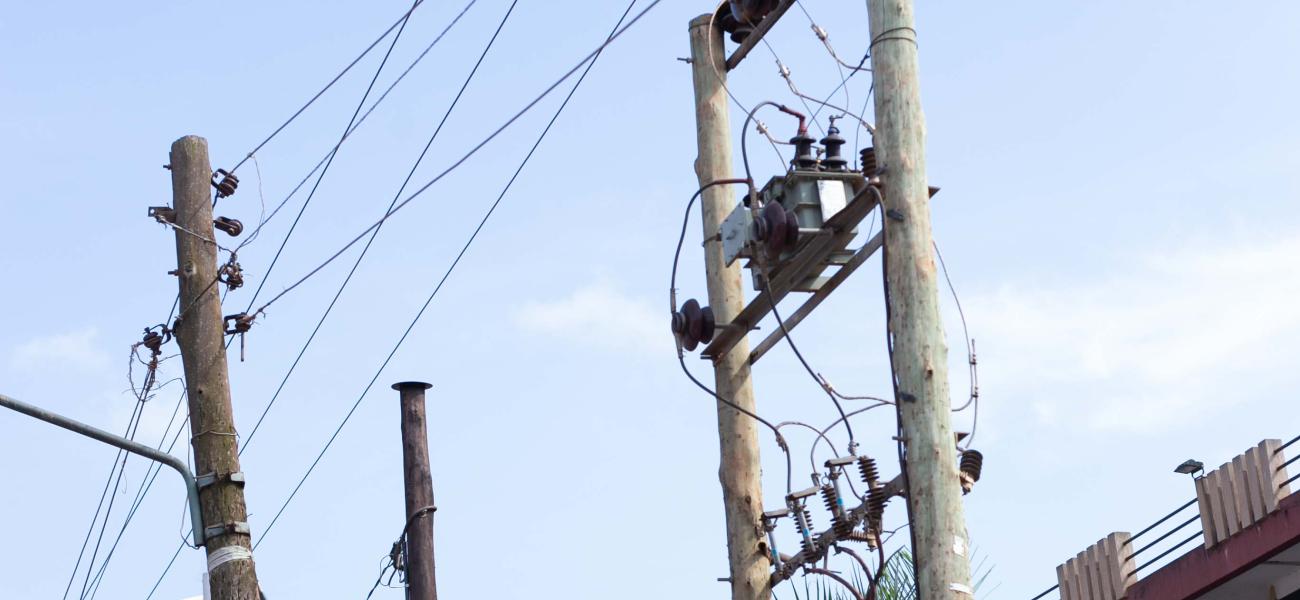LoNSEK Project

Introduction
Within the recently adopted Sustainable Development Goals (SDGs), urban planning that is linked to sustainable energy can offer possibilities to confront development challenges that cut across SDG 7 (access to energy), SDG 11 (inclusive and sustainable cities), SDG 13 (resilient climate action) and SDG 5 (gender equality). This not only calls for knowledge on the integrated nature of SDGs, but also understanding the meanings, representations, overlaps and linkages amongst the norms that underlie the SDGs (i.e. inclusivity, equal opportunity, resilience, sustainability, adaptation, gender equality, safety and accessibility).
Objective:
Co-produce digestible knowledge on SDG norms to catalyze collaboration amongst policy-makers, local communities, scientists and business on locally innovated and sustainable energy solutions for the urban poor in African cities.
Strategy:
- Knowledge will be generated through cross-disciplinary action research about the alternative interpretations of inclusivity, equal opportunity, resilience, safety and accessibility using waste to energy pilots as the platform for shared learning.
- The targeted locations are Bwaise III parish (Kampala City-Uganda) and Kahawa Soweto Kibera (Nairobi City County-Kenya), where a host of low-income groups extract and add value to materials from the waste stream, through the use of organic waste for nutrient recovery and production of energy briquettes.
- The local meanings and representations of SDG norms discerned from waste-energy pilots will be translated into visual images, using participatory photo mapping.
- SDG studios will be organized at community centers to invite partners from science, policy, business and local community representatives (including youth and children) to put their storylines to the images while facilitating collective learning on sustainable energy solutions that stem from local innovations in the two cities.
Project leads: Dr. Buyana Kareem (Makerere University, Uganda) and Dr. Jaqueline A. Walubwa (University of Nairobi, Kenya).
Main Partners: Makerere University Uganda, University of Nairobi, Kampala Capital City Authority, Nairobi City County Authority, Ministry of Petroleum and Energy in Kenya, National Planning Authority of Uganda, Kasubi Local Community Development Association and Kahawa Soweto Youth Club.
Funding Source: International Science Council and the Network of African Science Academies with support from the Swedish International Development Agency (SIDA), under Leading Integrated Research on Agenda 2030 (LIRA 2030).
-
Statuscomplete
-
project link